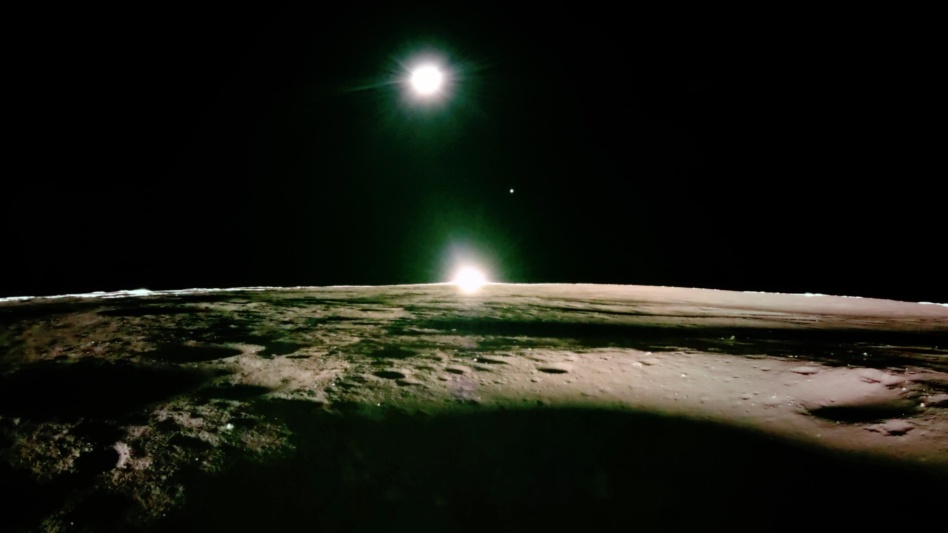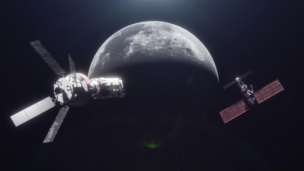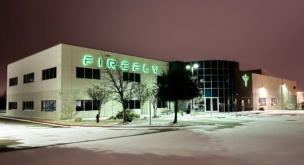Blue Ghost’s lunar mission may be over, but scientists are just starting to sift through the data collected during the 14-day operation. One data point with big implications for future lunar missions is Voyager’s demo of its anti-Moon dust tech.
Voyager Technologies’ Clear Dust Repellent Coating (CDRC) is a passive, electricity-free technology designed to keep lunar regolith off equipment. NASA is studying the substance under its Regolith Adherence Characterization experiment.
Why it matters: Dust is a much bigger problem in space than it is in your house. Lunar dust is highly abrasive and clings easily to surfaces, challenging the success and longevity of space operations; regolith accumulation damages equipment over time. Dust is especially problematic for solar arrays, which can’t harness the sun’s power if they’re coated.
Unplugged: Voyager’s technology is unique for being entirely passive, requiring no electricity to function—unlike dust-mitigation systems like NASA’s Electrodynamic Dust Shield. CDRC has already demonstrated its ability to reduce lunar simulant dust accumulation on various materials in lab tests.
The experiment on the Moon’s surface includes a sample of spacesuit fabric coated with Voyager’s CDRC. This experiment studies how lunar dust breaks down materials critical to space operations. Engineers aim to provide insights on how to extend lunar-equipment lifespans.



